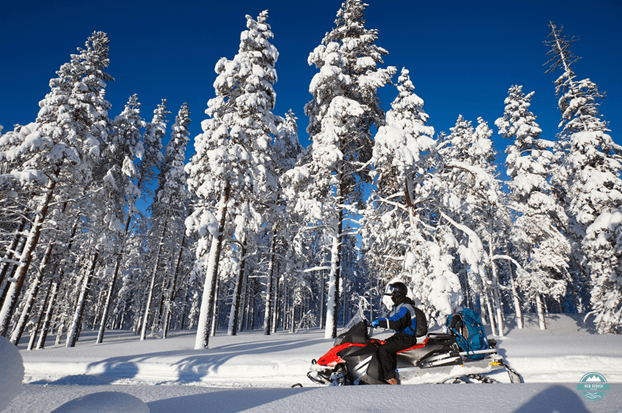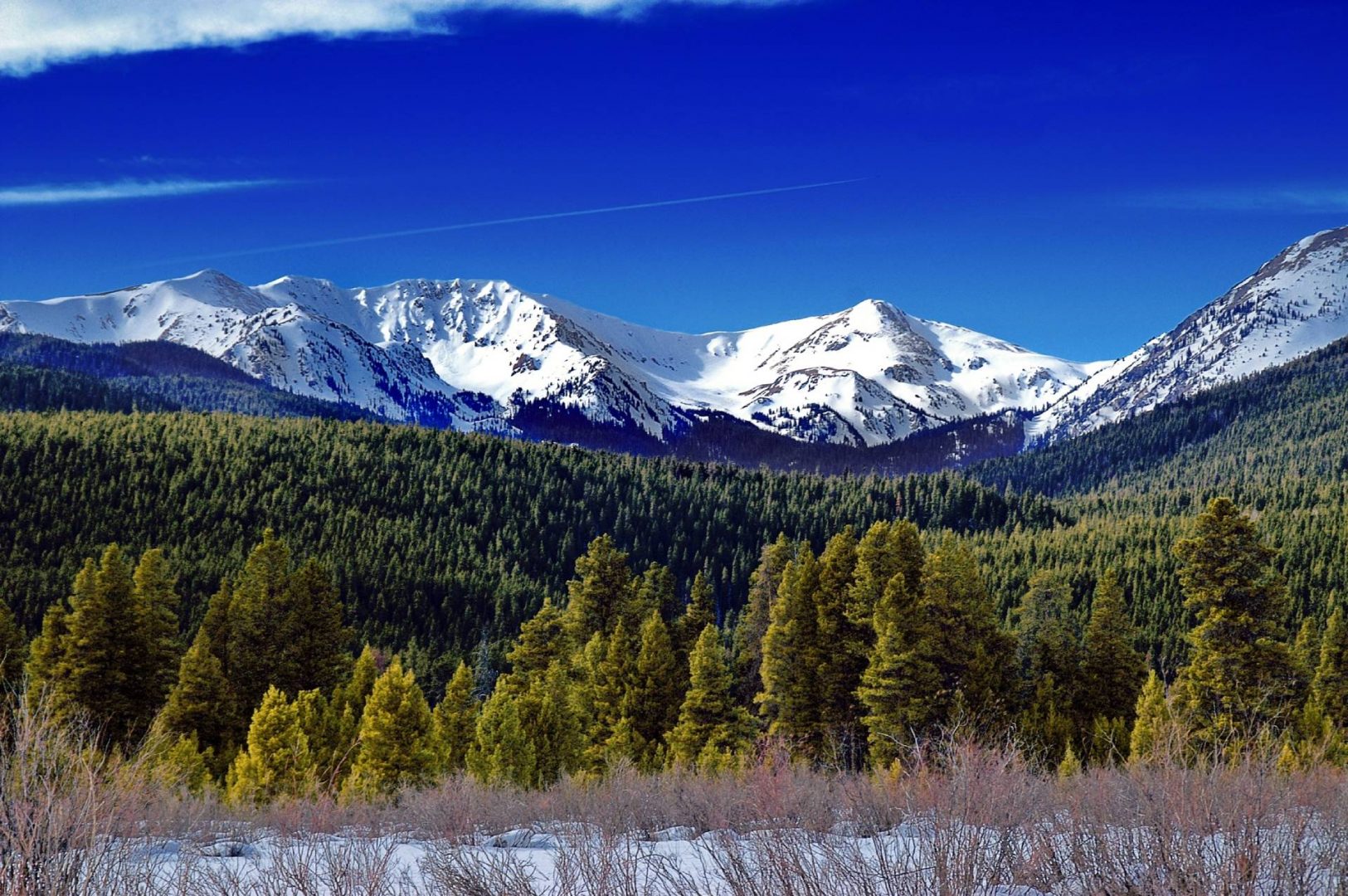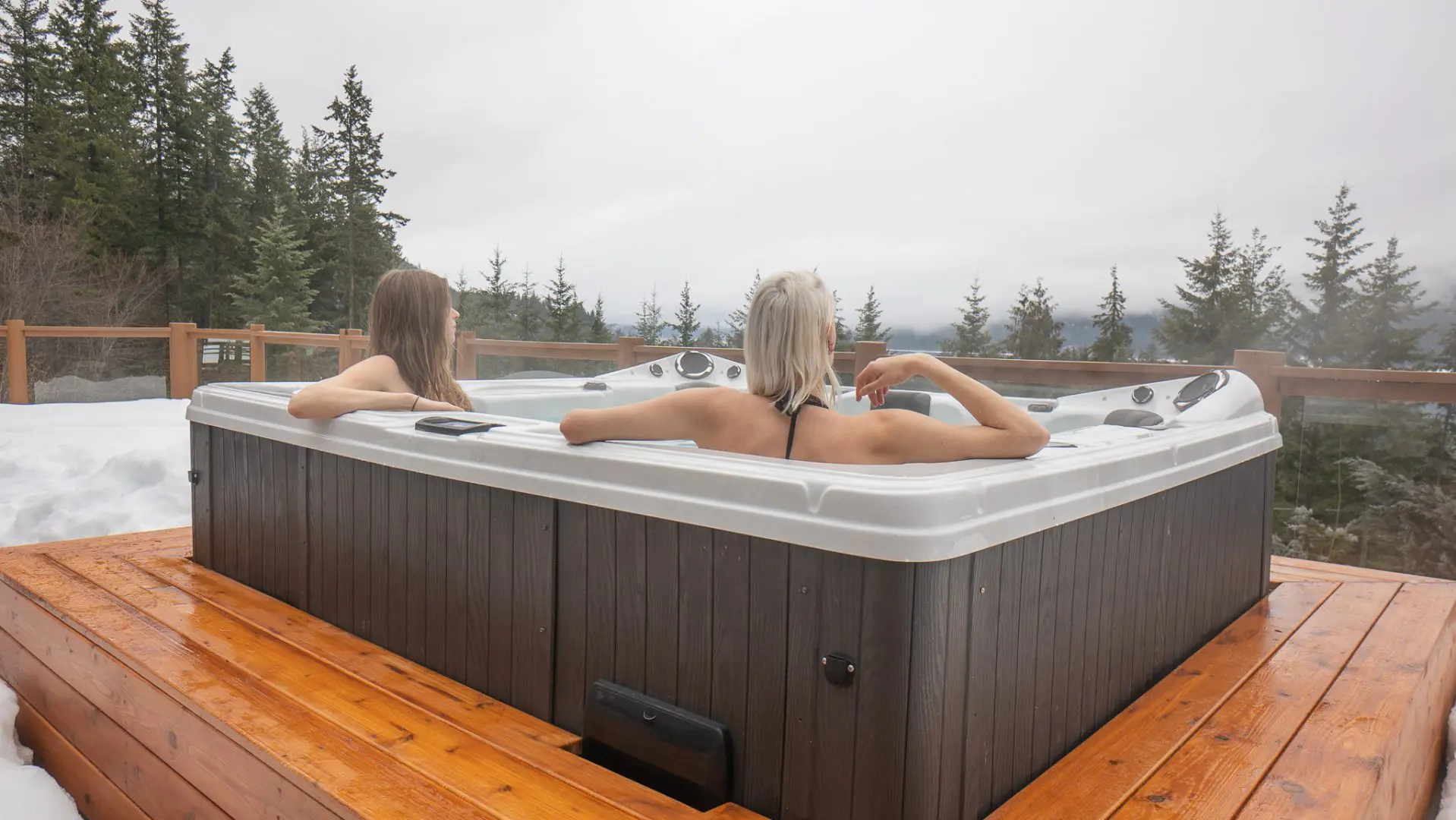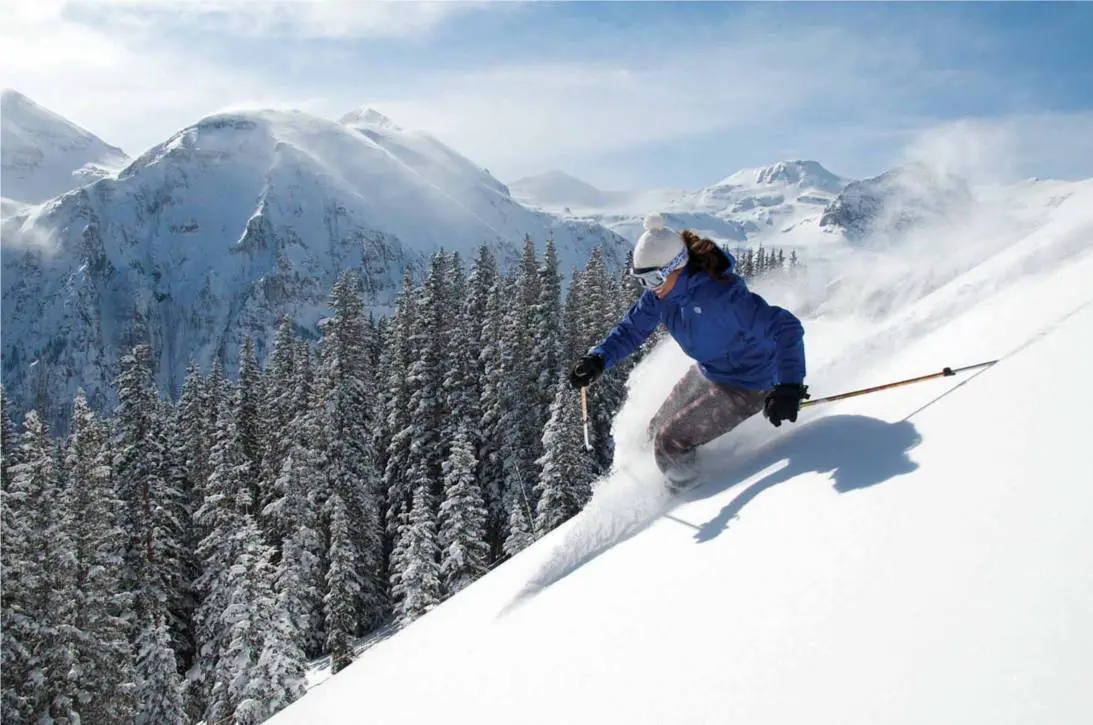Snowmobiling is similar to jet skiing, except it involves driving on snow, not water. The snowmobile delivers a thrilling experience and allows us to explore terrains that are difficult to access on foot, skis, or snowshoes.
A snowmobile safety course or comprehensive introduction to the machine is recommended for novice or inexperienced snowmobilers. Remember that snowmobiling may be a hazardous winter activity if the correct safety procedures are not observed. So, to help keep you safe and everyone around you, we have compiled a list of vital snowmobile safety tips.
Let’s start with the fundamentals, which are the perfect initial step to begin learning about snowmobiling.
What is Snowmobiling?
Snowmobiling is a sport many have taken up as a serious pastime or a means to have a wonderful time with friends and family. A snowmobile is meant to be driven on ice and snow without needing a road or track, yet the vast majority are driven on open terrain or trails. The feeling of driving a monstrous vehicle through a gleaming woodland captivates individuals. Snowmobiles are sometimes called motor sleds, skimobiles, snow scooters, or Ski-Doos.
What is Required To Do Snowmobiling?
If you are a newbie, you must be familiar with your snowmobile’s controls, features, and driving regulations. Focus on your surroundings, understand how to operate the snowmobile correctly, and most importantly, know your driving boundaries. In most locations, a driver’s license is required for snowmobiling. You may drive it on snow and ice, but open terrain and trails are preferred.
Depending on the region’s jurisdiction, there may be restrictions involving noise and animals. Snowmobiling may appear to be too controlled, but the restrictions are in place for the safety of everyone. Always verify the local regulations before hitting the path! Because driving outside of legal zones, without a certified helmet, snowmobile safety certificate, or driver’s license may incur penalties.
Snowmobiling Safety Tips
1. Take a snowmobile safety course.
Numerous states require a snowmobile safety certificate, and each has its laws. A course on snowmobile safety will teach you the rules on how to ride safely and responsibly. These snowmobiling for beginners tips are crucially important for everyone’s safety. You will learn riding skills to help you operate the snowmobile correctly and avoid potential dangers.
2. Check the weather forecast and the condition of the trail.
You must reschedule your ride if the trail is iced, the wind chill is low, or a blizzard is expected. It is always prudent to be well-prepared and observe the weather and trail conditions. In addition, checking the weather helps you choose the most suitable clothes for the day.
3. Wear the necessary snowmobile safety gear and appropriate attire.
Keeping dry and warm will make your ride more pleasant and safer. Commonly, a snowmobile suit comprises a jacket and climate-controlled bibs. Underneath your snowmobile suit, layer your clothing. Avoid wearing cotton because it will freeze and become unusable if damp. It would be best to select polyester combinations for clothing that draws sweat away from the body. If you don’t have a full-face helmet, goggles or a face shield would do. In addition, wear socks, waterproof gloves, a winter hat, a face mask, and winter boots.
4. Always perform a pre-ride inspection on your snowmobile.
You should check the condition of your snowmobile before hitting the trail. To keep it well-maintained and running smoothly, it is essential to adhere to the suggested service schedule. You can take extra precautions to ensure your safety by keeping your owner’s manual close at hand when driving. Inspect the gas and oil levels, battery, brakes, drive belts, headlights, and taillights before each ride. Make sure you give your snowmobile at least a minute to warm-up before you ride it.
5. Ride with friends.
Riding as a group is more exciting and less risky, especially on unfamiliar trails. So, if you experience trouble with your snowmobile or get into an accident, support is available. Another good idea is to let someone know your intended route and destination in case you get lost.
6. Keep a set of tools, a first aid kit, and a repair kit on hand.
A first aid kit on hand in the snowmobile will provide a lot of help in case of an accident. Include items like Band-Aids, gauze, adhesive tape, and disinfecting wipes. You should always have a knife, water, food, a blanket, and a set of waterproof matches in your bag. A toolkit consisting of duct tape, tools, a spare belt, a towing rope, spark plugs, and a prying bar is also necessary.
7. Be careful and don’t speed.
Maintaining a steady speed and not going too fast gives you the best chance of responding quickly enough to unforeseen trail conditions to prevent a collision. On many paths, speed limits are marked.
8. Don’t drink and drive.
Always remember that operating a snowmobile while under the influence can produce the same kinds of delays in reaction and accidents as driving a car. Therefore, it’s imperative not to drink and drive.
Snowmobile Trail Etiquette
In many ways, snowmobiling is the epitome of a group sport. It’s vital to play by the rules so that others can enjoy these trails as much as you do. You, as a snowmobiler, are responsible for following all applicable laws and riding safely for yourself, other riders, and the environment.
Do’s:
- Stay on the trail’s right side.
- Be responsible and polite in your actions.
- Please make way for trail maintenance workers.
- Slow down when there is approaching traffic.
- When going downhill, you should give riders coming up the slope the right of way.
- If you come across skiers, hikers, snowshoe-wearers, or people driving dogsleds, slow down and let them pass.
- It is imperative to report any suspicious activity when out on the trails.
- Keep your speed down when you approach a snowmobile that has stopped temporarily on the trail.
Don’ts:
- Disregard trail sign warnings of hazards or posted speed limits.
- Park around a bend or swerve. Pull over to the right side of the route in a straight section if you need to make a pit stop.
- Leave your engine running for an extended period.
- Ride on someone else’s property without permission.
Conclusion
The sport of snowmobiling provides its participants with numerous advantages, such as access to nature, enhanced physical and mental health, and quality time with loved ones. Moreover, it is a fantastic hobby for anyone who wants to spend more time outside during winter. By adhering to the snowmobile safety tips and trail etiquette listed above, snowmobilers may maximize their enjoyment of this winter sport in the destination of their choice.
Stay Safe While Snowmobiling at New Denver Lodge.
If you’re looking for a destination getaway to spend the winter season while enjoying the snow and natural scenery, head now to New Denver Lodge. Experience their complete amenities and breathtaking location. Here you can enjoy the thrill of a snowmobiling adventure while following the necessary snowmobile safety tips and trail etiquette. Have fun with us! Call us now.







